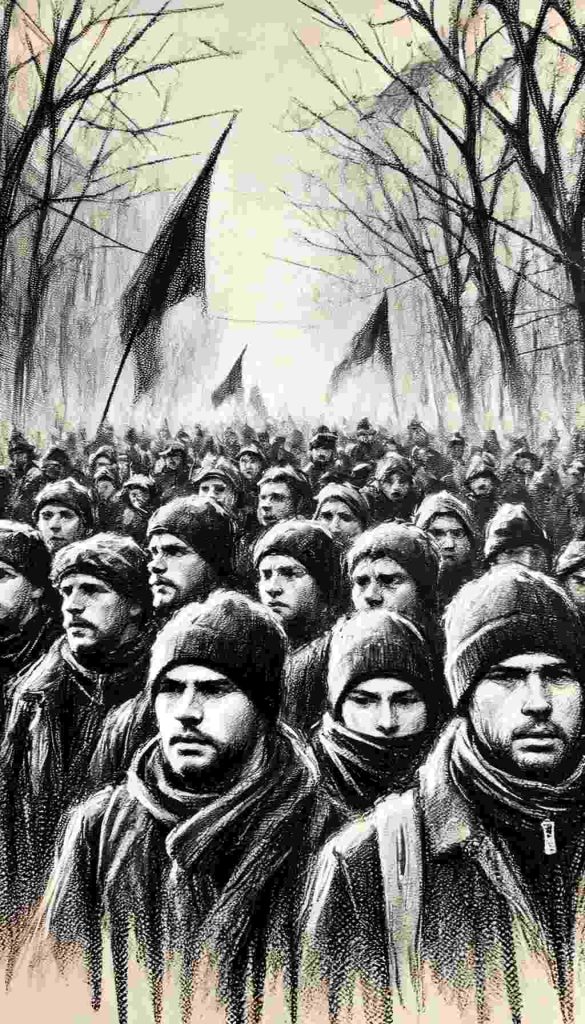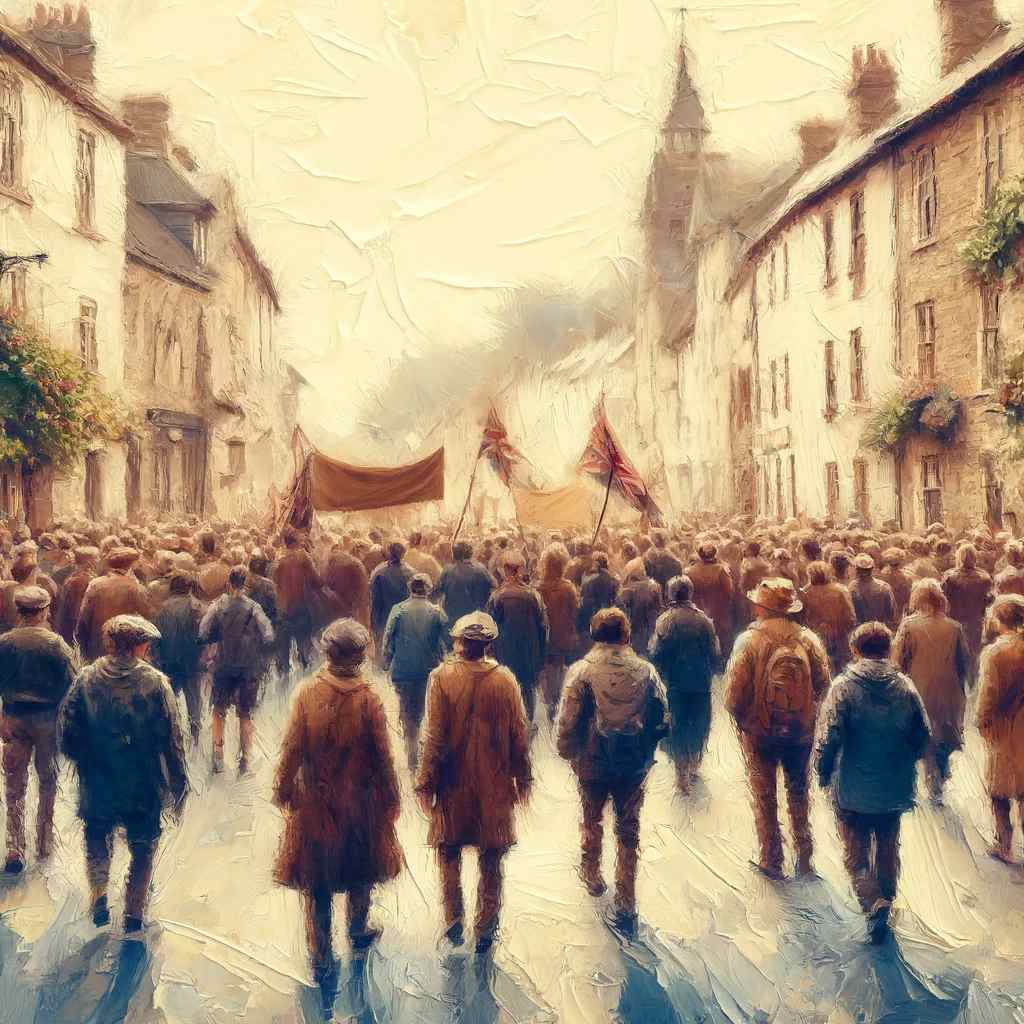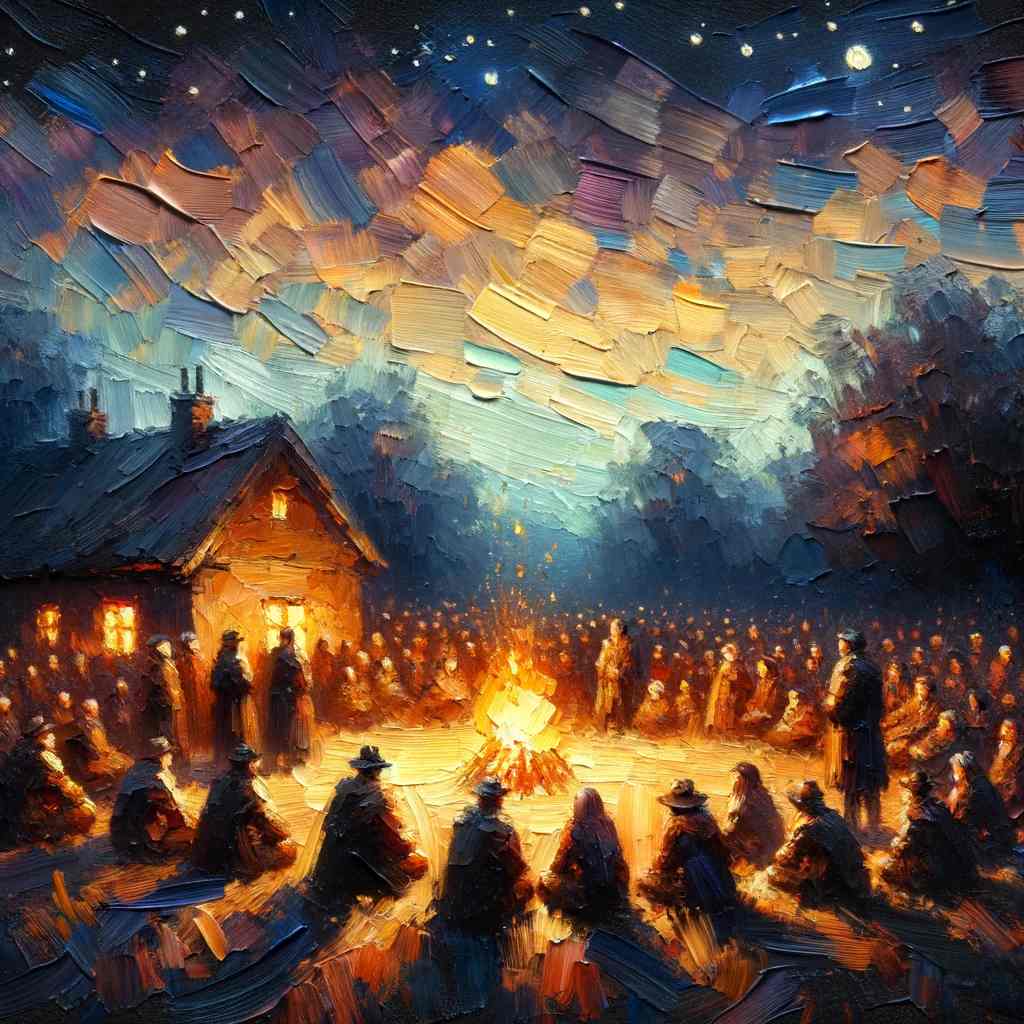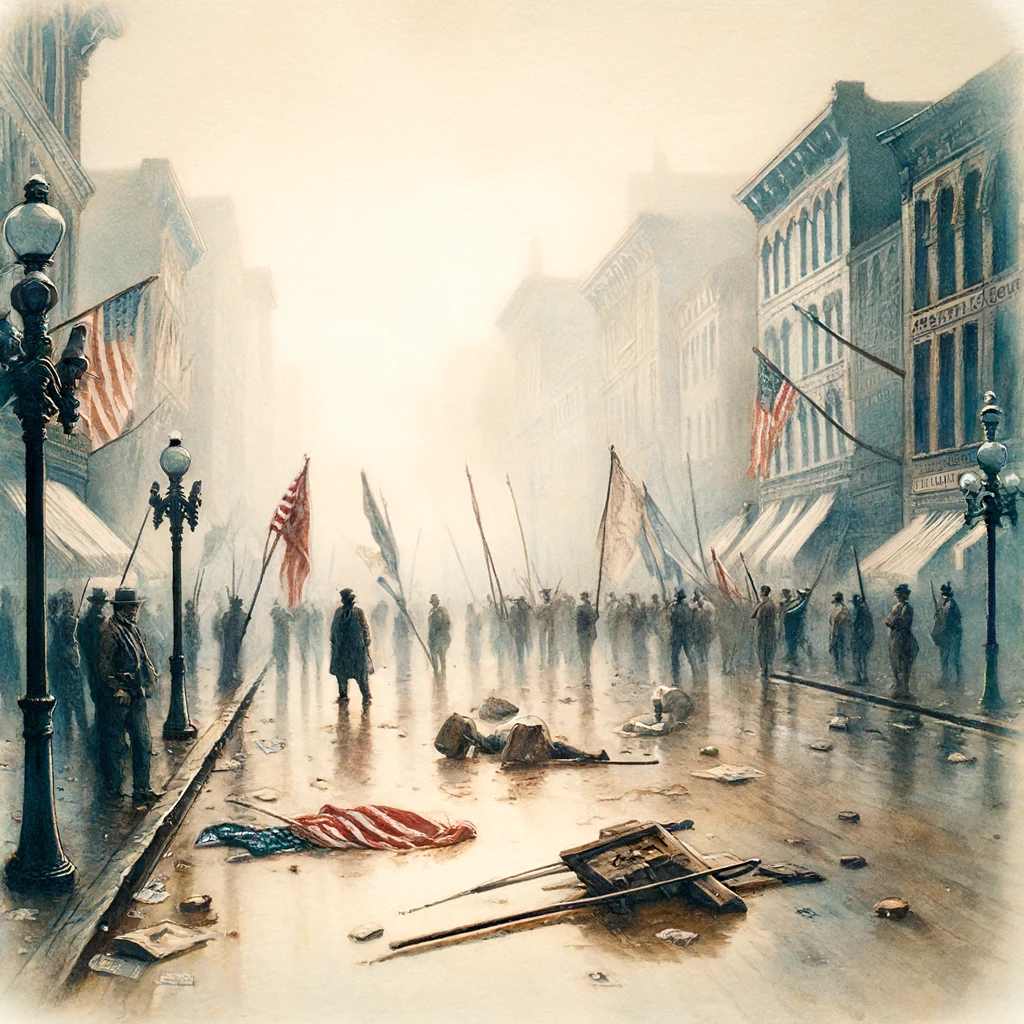May Day Poems
Table of Contents
May Day Morn
Ribbons dance on the village green,
Laughter echoes, light and keen.
Morning dew on fresh new grass,
Children run as moments pass.
Baskets brim with blooms so bold,
Colors bright, a sight to hold.
In the breeze, banners sway,
Songs uplift this cheerful day.
Workers march with steady feet,
Unity in every street.
Hands held high, the old and young,
Stories shared and songs unsung.
As the sun dips, shadows play,
Fires kindle to end the day.
Stars appear, we gather near,
May Day whispers, "Joy is here."


Meaning
This poem celebrates the dual aspects of May Day, blending the traditional festivities of a village celebration with the historical significance of labor solidarity. It depicts a community coming together, enjoying nature’s beauty and collective joy, while also acknowledging the communal strength and unity that May Day represents for workers worldwide.

Inspiration Behind
I drew my inspiration from the vibrant, communal gatherings typical of May Day, where everyone, from children to the elderly, participates in a mix of joyous and solemn activities. The idea was to capture the essence of both celebration and solidarity, reflecting the day’s rich heritage in a series of vivid, lively images. This fusion of festivity and unity embodies the true spirit of May Day.
Echoes of May
In Chicago's heart, a bitter strife,
The workers clamored for their right.
Haymarket's shadow, long and grim,
Marked the dawn where hope grew dim.
In May, a call for shorter toils,
A bomb thrown midst the turmoil spoils.
The fallen, lost to time's demand,
Justice's scales, unsteady hand.
From this, a day of memory born,
May First, where labor rights were sworn.
Across the globe, the voices rise,
Underneath the springtime skies.
Their legacy, a torch that's passed,
With every worker's breath that's cast.
May Day's refrain, a solemn song,
For those who fought, for rights long wrong.


Meaning
The poem captures the historical significance of May Day, tracing its roots to the Haymarket Affair in 1886, where a labor protest in Chicago escalated into violence, marking a pivotal moment in labor rights history. It reflects on the sacrifices made by workers and the lasting impact of their struggle for rights like the eight-hour workday, which resonates globally every May Day.
Inspiration Behind
Inspired by the dramatic and transformative events of the Haymarket Affair, the poem seeks to honor the courage of those who stood for worker’s rights, their legacy now commemorated worldwide on May Day. It’s a tribute to the enduring spirit of solidarity and the ongoing quest for fairness and dignity in labor.
